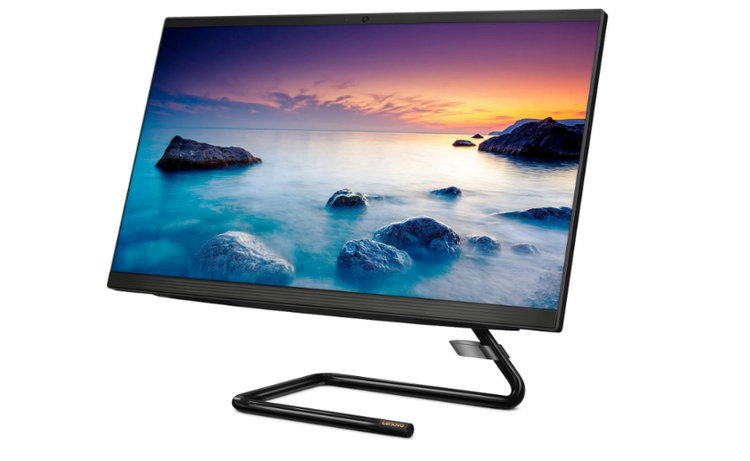As a logo designer or business owners the few common questions Google has been asked about includes:
- How to design a logo?
- What are the basics of designing logos?
- How to design a good logo?
- How do I know my logo is good?
The answer to these and similar questions all lies in the seven essential rules you can follow to design the right logo or judge whether you got the right logo for your company or not.
Fun fact: the word logo is derived from Greek meaning word but in English logo is the short form for logotype.
Seven Basic Rules Every Designer Should Follow
FIRST RULE: A logo should communicate something.
We all know the core purpose of logos is to represent the brand. Yes, but how does a logo represent?
A logo represents a brand by visually communicating a brand’s message/ core values/ products or simply the brand’s name. In logo designing, there are a few ways through which you can represent a business including logotypes, symbols, and monograms among others.
While designing a logo it is necessary to either convey the company’s name creatively. Or you should design it in such a manner that your logo symbol represents the business’s main focus.
For example: if you disassociate the logo of apple, taco bell, and windows from the brand, they represent nothing more than simply a bitten apple, a bell, and a window. These meanings are also contrary to what the companies are about.
Several brands stand independent of the logotype such as Nike, Apple, and Twitter but you need to remember that these brands did not initially present the business with a mere logo. The repetitive presentation with name over the years helped the sole logo achieve recognition today.
Your logo can also rely on a prominent symbol representing the business nature (example Petco. And burger king) It can rely on the association with a feeling (lego’s use of red and yellow colors to indicate fun) or completion of everything just like the Unilever logo has 23 illustrations of representing each field/ business.
SECOND RULE: It should be relevant to your client’s brand.
Emphasizing on the unique and cool logos to attract an audience is a common practice by both designers and clients. Designing a cool logo is great but it shouldn’t be irrelevant to the client’s business
Truthfully, audiences are not attracted to a logo for its uniqueness but for its well-crafted design that represents the actual brand. The audience looks for witty execution, not a cool idea randomly associated with a brand.
Several designers, under pressure, often use abstracts or vague colors in an attempt to make the logo unique regardless if it is representing any element of the actual business. Not implying the second rule in your logo design means you are automatically breaking the first rule as well.
Besides, an irrelevant logo design means the audience would be misinterpreting the business a lot losing quite a few leads.
Whether you are working with an emblem, logotype, or even relying on colors to create the brand’s aura with the logo, the business, and the logo design should remain relevant.
THIRD RULE: A Logo should be memorable.
It is one of the basic rules that you will read in almost every article aimed at logo designing services. A relevant logo needs to be memorable so it can be recognized later among the competitors.
Depending on the business, a memorable logo can have one or a lot of characteristics such as being simple, striking, one word, one or more colors, etc.
Another thing that makes a logo design memorable is the surprise element. By surprise, we do not mean to terrorize your audience but it means to add an element in the logo so subtly that when recognized it would instantly excite your audience.
Prominent examples of logo designs that carry a subtle yet smart meaning or message are:
FedEx: With brilliant typography, FedEx designers have carefully placed an outward arrow between E and X that indicates the fast services of the company.
Amazon: In amazon, the arrow ranging from A till alphabet Z below the company’s name indicates the company’s ability to offer a vast variety of products from A to Z
Baskin Robbins: If you look closely at the BR initials of the company’s names on the logo, you will find the number 31. It was revealed by the company that the number 31 subtly placed in the logo refers to the 31 ice cream flavors they offer.
Helpful tip: As a designer, you should always skip the first few ideas that come to your mind. These ideas come with our association with similar or relevant things that represent the business nature which means everyone would have the same few ideas as you. For example: if you are designing for an organic product, your first thought would be to use an element from nature. Now you can google how many logos presenting an organic business have already used “leaf” or a sprout.
FOURTH RULE: A logo should be timeless.
The term timeless logo refers to a design that stays relevant throughout the market modernization and as well as outlives all the logo designing trends. While designing a logo you should consider elements that stay relevant to the upcoming generations.
One of the mistakes that most logo designers make is incorporating an element from the ongoing logo designing trends. How will your logo design be relevant if it will be outdated within a year?
Similarly, several established companies update their logo to make it appear more modernized. However, one point the designers always seem to miss is the design timeless enough to appear distinct in black and white. If not, you are doing it wrong because it can easily lose its identity in colorless printing. Even though we are no longer using the fax machine, we still use metal badges, embroidery, icons, engraving, foiling, and embossing. The right logo will be equally distinctive in any of these applications.
FIFTH RULE: Your idea of the logo and execution in designing should have equal efforts.
It doesn’t matter how visually and aesthetically pleasing your idea seems in your mind but if the execution is poor, your imagination is no good. Executing a logo design is the most technical part of designing.
The common mistakes that a designer might make in execution includes incorrect and inconsistent capitalization either horizontally or vertically scaled and stressed font, bad kerning (letter-spacing), inappropriate or too many fonts.
SIXTH RULE: There should be consistency in logo designing.
Consistency means that your logo design should stay relevant at any level of complexity and detail. Consistency in the logo is important for a reputable brand when redesigning their logo because they want to change certain aspects of it to keep up with the modernization but then they lose aspects or elements of the logo that make the business recognizable.
You can achieve consistency in logo designing by thinking about each element and see if you remove that element would that change the meaning or would it indicate an incomplete message. There should be certain elements incorporated in your design that can be eliminated but easily modified.
SEVENTH RULE: Never compromise on the resolution or the tools
The seventh rule applies to beginner logo designers and new business owners. A logo representing your company should not be poor in a digital look. Using the right tools and vector-based programs is very important. Using a vector-based program means that the graphics are resolution independent and without losing definition in the details the logo can be scaled to any size
Adobe Illustrator and Corel Draw are two common examples of vector-based design programs. Moreover, any 3D rendering program or application, vinyl cutting for window displays, and embossing die only accept a vector version of the logo.
Are you ready for brainstorming?
To conclude the article, the foundation of a logo design should be meaningful, timeless, memorable, relevant, and consistent that is executed with utmost dedication using the right tools. These are the basics that every logo design package includes.
If you are a start-up business owner, you must be thinking can a website development company design my logo too? Well, certainly! You can get a great deal from a digital marketing agency that can create both a website and a logo for you.

